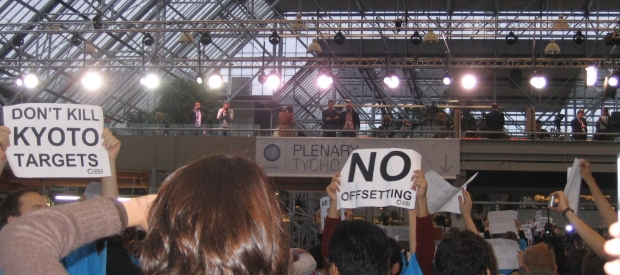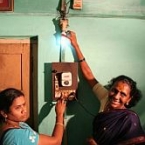Carbon Credits
International Rivers began monitoring the Kyoto Protocol's Clean Development Mechanism in 2002. Since then, while carbon offsets have become increasingly popular among polluters, civil society and government auditors have raised serious concerns regarding their use.
The Clean Development Mechanism (CDM) was established under the Kyoto Protocol. It is by far the largest global carbon offsetting system. It is intended to lower industrialized countries’ costs of cutting greenhouse gas emissions by allowing them to purchase "carbon credits" that subsidize supposedly low–carbon “sustainable development” projects in developing countries. However International Rivers’ experience in monitoring CDM projects has shown many serious flaws in its theory and application, including faulty additionality arguments and uncompensated displacement from hydropower projects receiving CDM financing.
Offsets like the CDM feature prominently in a number of Cap-and-Trade programs in the US as well, thereby threatening the environmental integrity of regional targets. On the East Coast, the Regional Greenhouse Gas Initiative (RGGI) includes ten Northeastern and Mid-Atlantic states. On the West Coast, the Western Climate Initiative (WCI) is currently underway and will include seven U.S. states and four Canadian provinces. And in California, the state has signed into law the Global Warming Solutions Act of 2006 (AB 32), which requires California to reduce greenhouse gas emissions to 1990 levels by 2020.
- Global Hydropower Hall of Shame
- Google Earth 3-D Tour: Wrong Climate for Damming Rivers
- "Rip-Offsets," International Rivers factsheet on the CDM
- Bad Deal for the Planet: Why Carbon Offsets Aren't Working...and How to Create a Fair Global Climate Accord. International Rivers' 2008 "Dams, Rivers and People" report.
- Guide to the CDM and how to submit comments (in English and Spanish).
- Video! "Rip-Offsets: The Failure of the Kyoto Protocol's Clean Development Mechanism," a video slideshow about the CDM featuring Barbara Haya
- Video! "The Great Carbon Offsets Swindle"







